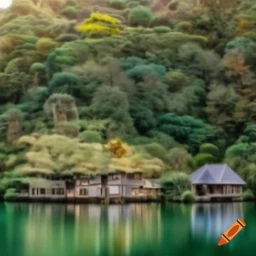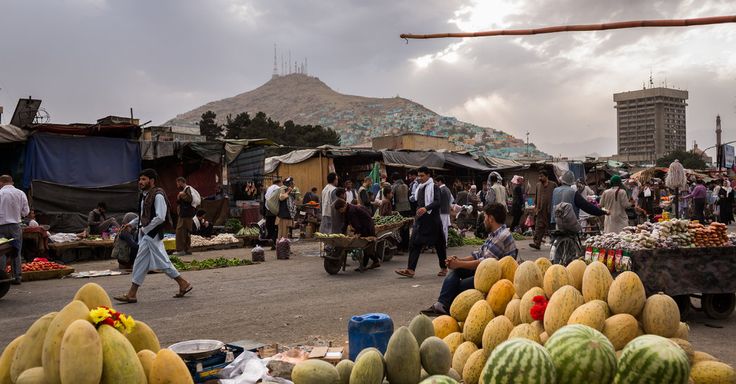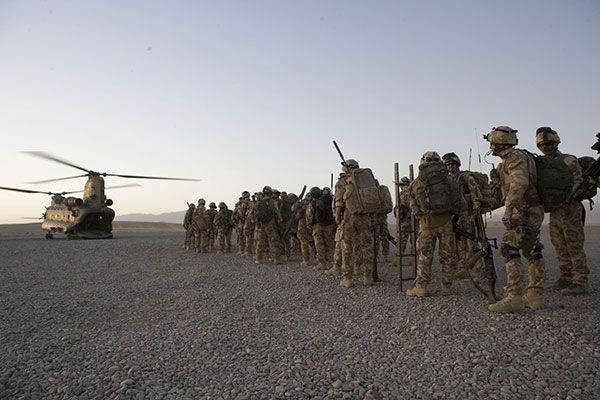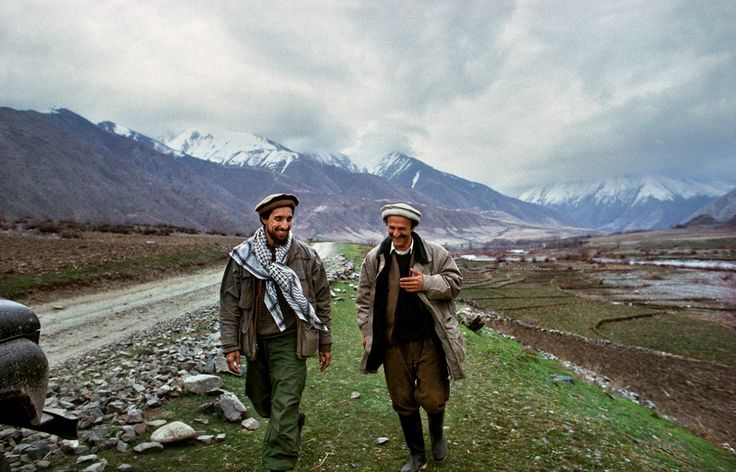Introduction
Ghor Province is one of the most beautiful and historic regions in Afghanistan. Located in the center-west part of the country, it is surrounded by tall mountains, quiet valleys, and proud people. Even though it is not as famous as other provinces, Ghor holds a special place in the country’s heart. In this blog, we will explore the land, culture, people, and hopes of Ghor in simple, easy-to-understand language.
Where is Ghor Province?
Ghor lies in central-western Afghanistan. It is bordered by provinces such as Herat, Farah, Helmand, Daykundi, Bamyan, and Faryab. The capital of Ghor is Chaghcharan, also known as Firoz Koh. It is a small city but is important for trade, education, and government.
Much of Ghor is covered in mountains and highlands, which means the winters are cold and snowy. In the summer, however, the weather becomes cool and pleasant, making it a peaceful place to visit.
The People of Ghor
The people of Ghor are known for being kind, brave, and hardworking. Most people in Ghor are Tajiks and Hazaras, but there are also Pashtuns and other ethnic groups. They live in small towns and villages spread across the province.
Farming is the main way of life for most families. They also raise animals like sheep, goats, and cows. Community and family are very important. People in Ghor help each other during hard times, and they celebrate together during happy moments.
A Land Full of History
Ghor has a long and rich history. In the 12th century, it was the center of the Ghurid Empire, which ruled a large part of Afghanistan and beyond. The Ghurids built castles, mosques, and schools. One of the most famous rulers was Ghiyas-ud-din Muhammad of Ghor, who helped spread knowledge and Islam in the region.
Even today, you can find the ruins of ancient buildings and fortresses in Ghor. These ruins remind people of the greatness of their past. Many travelers and historians find Ghor’s history interesting and worth exploring.
Natural Beauty of Ghor
Ghor is filled with natural beauty. Mountains, rivers, green fields, and high plateaus make it a stunning place. The Hari Rud River flows through the province, helping farmers grow crops and giving water to animals and people.
In the spring, flowers bloom, and the fields turn green. Birds sing, and children play outside. Even though it is not easy to travel through the mountains, the views are amazing. Nature in Ghor is quiet, clean, and full of life.
Daily Life and Work
Life in Ghor is simple but busy. Most people work as farmers or herders. They grow wheat, barley, potatoes, and fruits. In the early morning, men and women head to the fields or take animals to graze. Children often help their parents and also attend school.
Markets in towns like Chaghcharan are full of life. Traders sell fresh vegetables, handmade clothes, and dairy products like milk and cheese. Life is not easy in Ghor, but people stay strong, hopeful, and full of pride.
Education in Ghor
Education is slowly improving in Ghor. Many children go to primary and secondary schools in both cities and villages. In recent years, more girls have started attending school, which is a big step forward.
Although some schools lack books, desks, or trained teachers, students continue to learn. Parents and elders know that education is the key to a better future. Some students from Ghor have even gone to universities in Kabul and other cities to continue their studies.
Culture and Traditions
Ghor has a deep cultural spirit. People love poetry, music, and storytelling. Traditional clothes are colorful and warm, especially during the cold months. Men usually wear turbans, and women wear scarves and long dresses with embroidery.
During festivals like Eid, families prepare special meals, share gifts, and visit neighbors. People also enjoy singing and dancing during weddings and other happy times. Respect for elders and love for guests are strong traditions here.
Challenges in Ghor
Although Ghor is rich in culture and beauty, it also faces many problems. Some roads are unpaved or damaged, making travel difficult. During the winter, heavy snow blocks roads and makes it hard for people to reach hospitals or schools.
Healthcare centers are not always available in remote villages, and some families must walk long distances to get medical help. Additionally, electricity and clean water are still needed in many parts of the province.
Despite these challenges, the people of Ghor never give up. They continue working together and hoping for a better tomorrow.
Hope for the Future
The future of Ghor looks promising. Young people are eager to learn, work, and make their communities better. New schools and health clinics are being built with help from the government and aid groups.
Also, small projects for clean water, solar energy, and women’s education are helping families live better lives. If peace and support continue, Ghor will grow stronger and brighter each year.
Conclusion
Ghor Province is a land of mountains, history, and hope. Even though it is far from the big cities and faces many struggles, its people are full of life, strength, and dreams. From its ancient castles to its peaceful valleys, Ghor teaches us the value of patience, pride, and unity.
By learning about Ghor, we also learn how important every part of Afghanistan is. Ghor may be quiet and hidden, but its heart beats with courage and wisdom.
To Explore Ghazni Click Here




